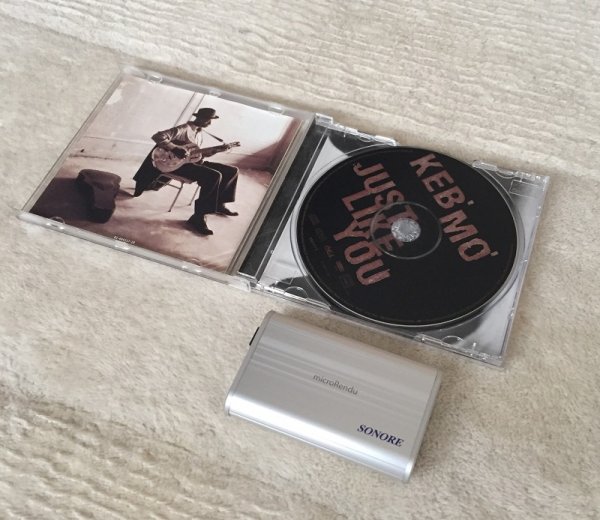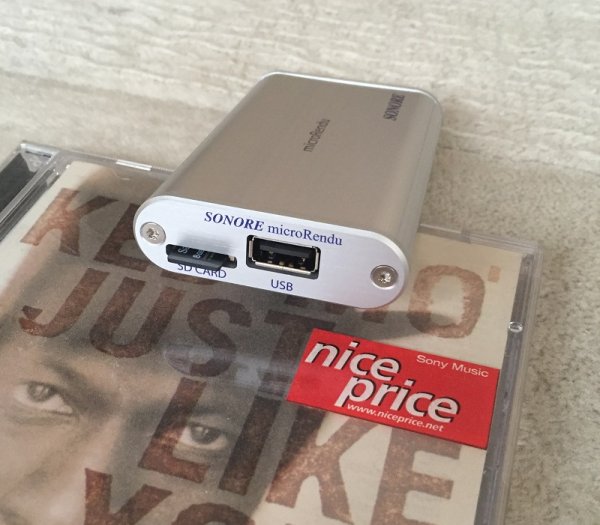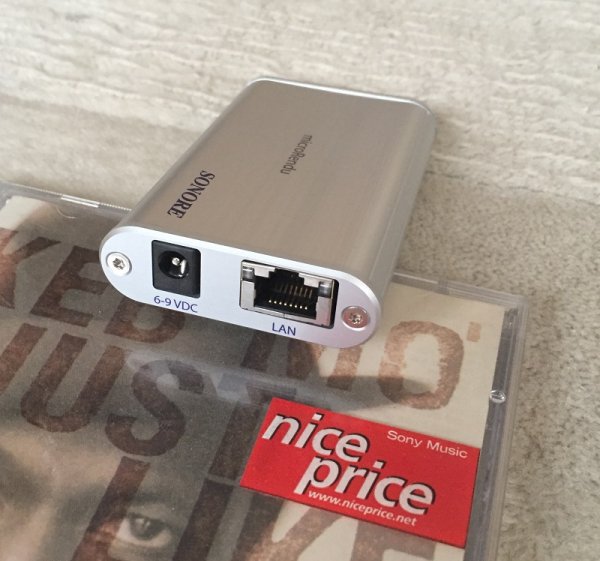He messed up his measurements, not knowing there are two totally different audio subsystems, one when using DLNA.
Secondly, he shows a graph using a linear power supply showing a better graph but comparing that to an iFi Power Supply.
That forum is where people with defective hearing go to shrivel up, and that guy isn't on this one here anymore but formerly I have seen very badly-made measurements posted here by the same guy, so why do you think anything posted there is unbiased and why are you still referring to it?
He doesn't understand how asynch USB works, nor how the Regen, of which an enhanced version is in the microRendu, works, so what makes you think he has any knowledge of how to measure some of the device's capabilities, especially since the designer who is a qualified and practising EE who has consistently churned out well-regarded audiophile products with different companies says this particular portion of the device is far from easy to measure?
What makes you even think for one minute 'all we need is a laptop' and that there is any credibility to these measurements at all?













